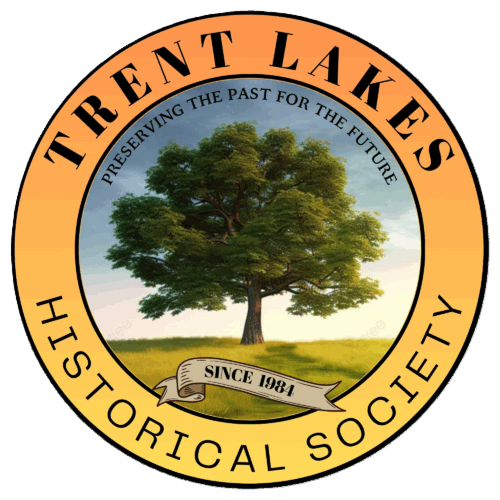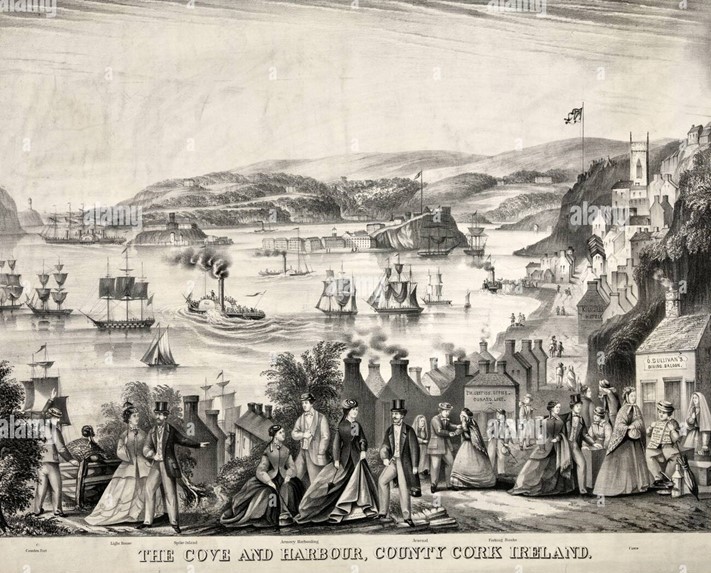
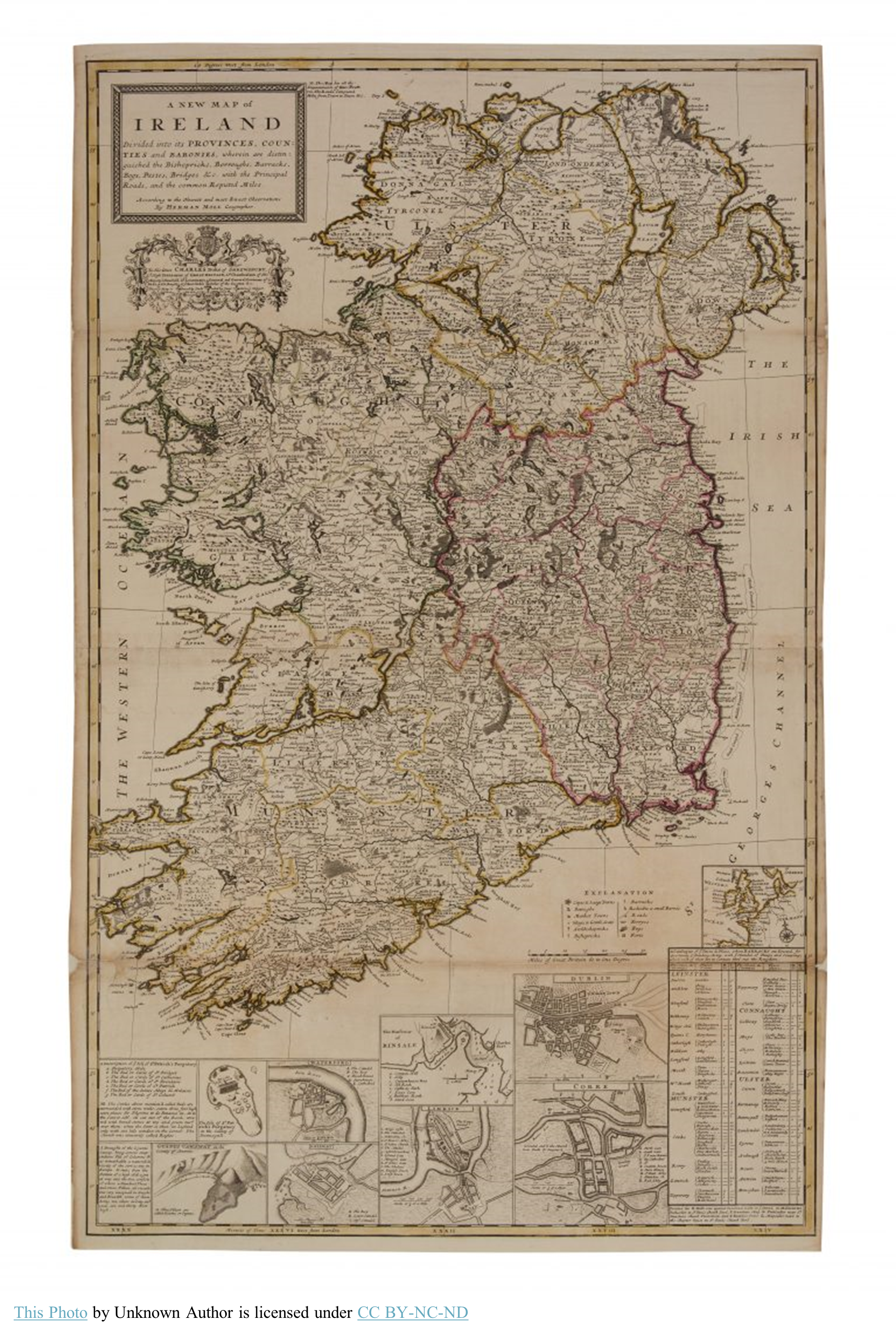
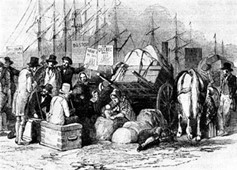
Boarding the ships in Ireland

It was a long voyage across the Atlantic.
Storms sometimes drove ships back
all the way from sight of Newfoundland
to Ireland again. I took an average of 30 days to cross.
Finally entering the St. Lawrence River,
stopping on Grosse Ile for quarantine inspection and to switch to a steamboat for the next leg of the journey.
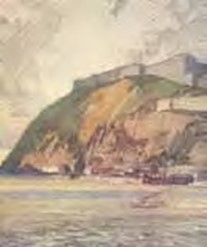
Grosse Isle pictured.
Arriving in Quebec City
And then on to Montreal
by Steam Boat
skirting the rapids
by cart and on foot to La Chine,
once the starting point
for the Voyageurs.
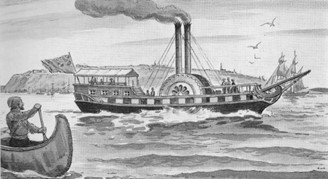
A steamboat like those used on the St. Lawrence River.
“In a Steam Boat from Quebec to Montreal, 180 miles, 2d. cabin,10s. 0d.; from Montreal to La Chine, by land 9 miles 6s. 0d.; from La Chine to Kingston, in a Batteau, 170 miles, 7s. 6d. and 5s. 0d. a hundred for Luggage; from Kingston to York,180 miles, in a Steamboat, 2d. cabin 15s. There is no charge for Luggage in the Steam boats”
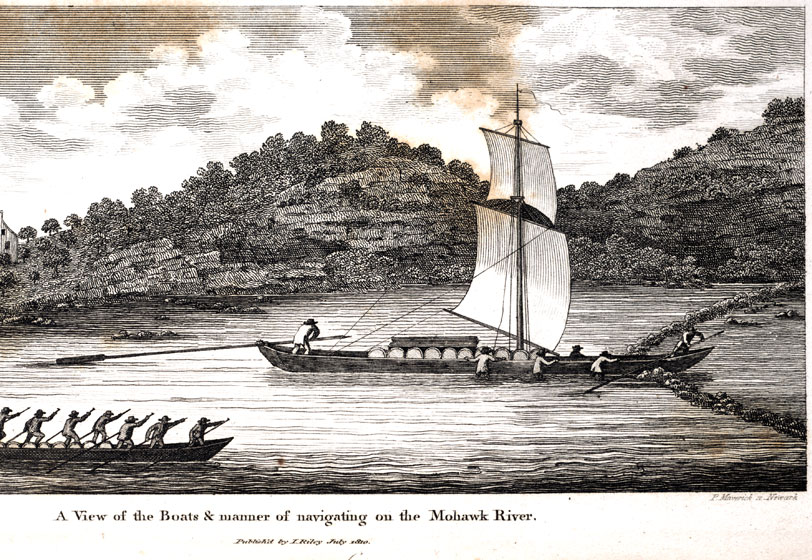
From there by Durham Boat (like the one pictured here) and Stage Coach,
up the St. Lawrence
to Cornwall, on to Kingston
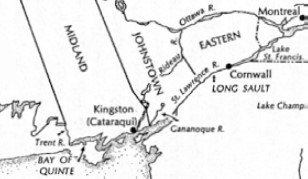
And from Kingston
westward on Lake Ontario
by Steam Boat
to Cobourg Harbour

Map ca. 1826
From Cobourg Harbour, then by stage, on foot or by ox cart to Scott’s Mills (or Scott’s Plains, named after Adam Scott). Known as present day Peterborough (Named after Peter Robinson).
As free land ran out for the original settlers’ sons, they began to migrate north to the ‘new’ northern townships, now surveyed and available for grant. Our Municipality of Trent Lakes is made up of Galway, Cavendish and Harvey, where a few of these ‘Next Generation’ families began.
